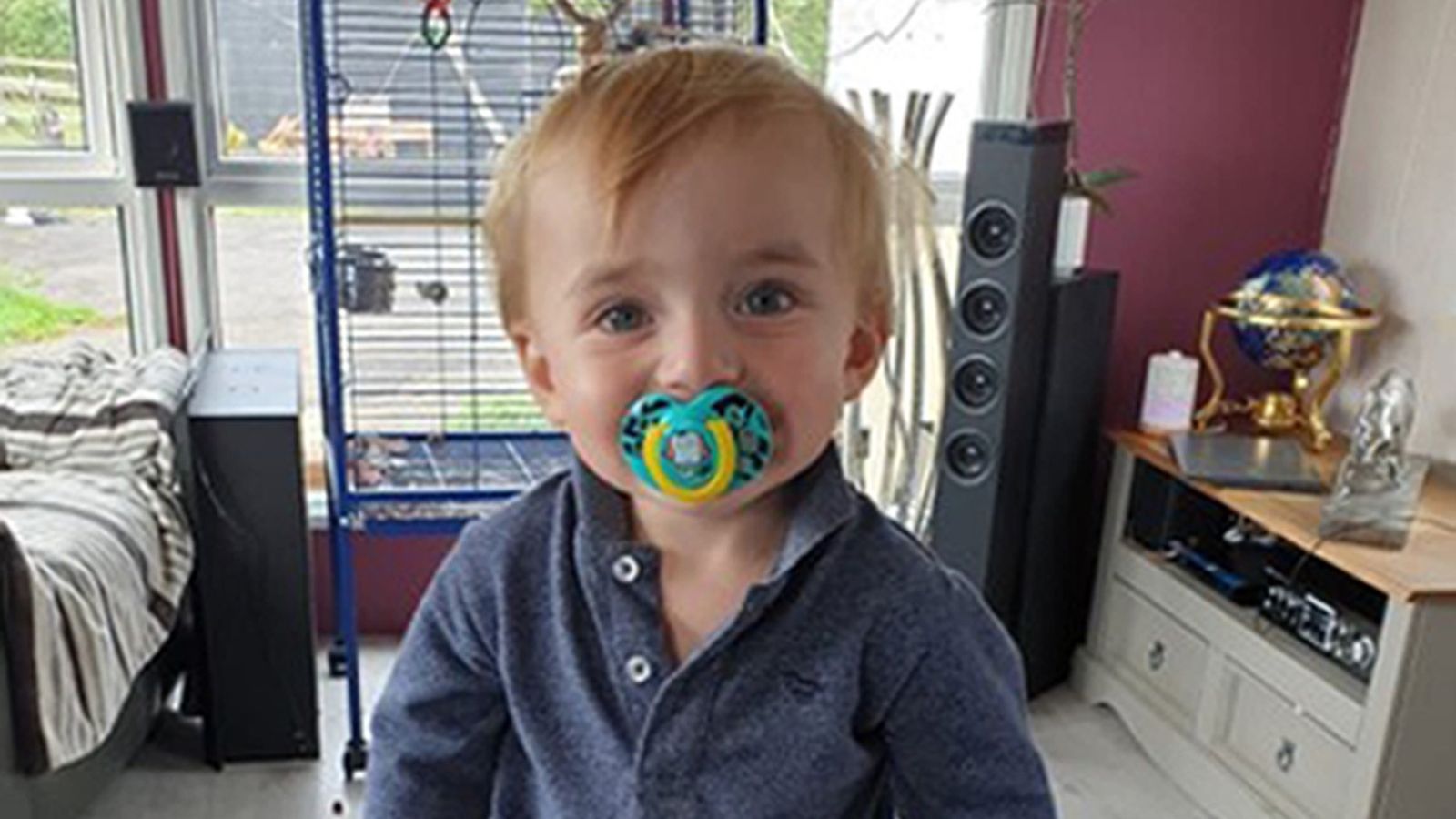Migraine and cluster headaches have been linked to the body’s internal clock, research has found.
The meta-analysis involved 72 studies on how circadian rhythm – the body’s internal clock – appears to be involved in either of the two headache disorders.
The study included data on the time of day or time of year a person would get a headache and when it occurred.
It also looked at studies on whether certain genes associated with the circadian clock are more common in people with these disorders, as well as the hormones – cortisol and melatonin – related to the circadian system.
Cluster headaches are excruciating attacks of pain in one side of the head, often felt around the eye, according to the NHS, while migraine is described as a moderate or severe headache felt as a throbbing pain on one side of the head.
What did the study reveal?
The analysis found a link in 71% of people between cluster headaches and the body’s internal clock – with attacks appearing to peak in the late hours of the night to early hours of the morning.
These were more likely in the spring and autumn seasons.
People with cluster headaches also had higher cortisol levels and lower melatonin levels than people without the disorder.
According to Rupa Health, cortisol usually peaks in the morning to wake us, and melatonin rises at night to help us sleep better.
Be the first to get Breaking News
Install the Sky News app for free
For migraine, the analysis showed a pattern of attacks linked to the body’s internal clock in 50% of people, which ranged from late morning until early evening – with a drop-off during the night when few attacks happened.
It was reported more or worse migraines happened between April and October.
Many genes are associated with the risk for migraine, and it found that 110 of the 168 genes were tied to circadian rhythm.
People experiencing migraines were found to have lower melatonin levels in their urine than those without – melatonin levels were also lower during an attack.
These are 24-hour cycles that are a part of the body’s internal clock, which essentially carries out important functions and processes.
A well-known circadian rhythm is the sleep-wake cycle, according to the Sleep Foundation.
“Different systems of the body follow circadian rhythms that are synchronised with a master clock in the brain,” Sleep Foundation said on its website.
“This master clock is directly influenced by environmental cues, especially light, which is why circadian rhythms are tied to the cycle of day and night.”
When aligned accordingly, a circadian rhythm can promote a consistent and healthy sleep cycle, but when it is thrown off, it can trigger serious sleep problems, including insomnia.
‘It raises the question of the genetics of triggers such as sleep changes’
“The data suggest that both of these headache disorders are highly circadian at multiple levels, especially cluster headache,” said study author Dr Mark Joseph Burish who is also a member of the American Academy of Neurology.
Dr Burish said this reinforces the importance of the “hypothalamus – the area of the brain that houses the primary biological clock – and its role in cluster headache and migraine.
“It also raises the question of the genetics of triggers such as sleep changes that are known triggers for migraine and are cues for the body’s circadian rhythm.”
The results raise the potential for using circadian-based treatments for headache disorders and “could include both treatments based on the circadian rhythm – such as taking medications at certain times of the day – and treatments that cause circadian changes, which certain medications can do”, Dr Burish added.
Read more on Sky News:
Sleeping habits before a vaccine could impact its efficacy
Why we need more sleep during the winter
Women more likely to suffer migraines during menstrual cycle
Limitations during the study
Researchers found they did not have enough information on other factors that could influence the circadian cycle.
This included medications, other disorders such as bipolar disorder or issues such as night shift work or pulling an all-nighter.
The results were published on Wednesday in Neurology, the American Academy of Neurology’s medical journal, and were supported by the Will Erwin Headache Research Foundation.







